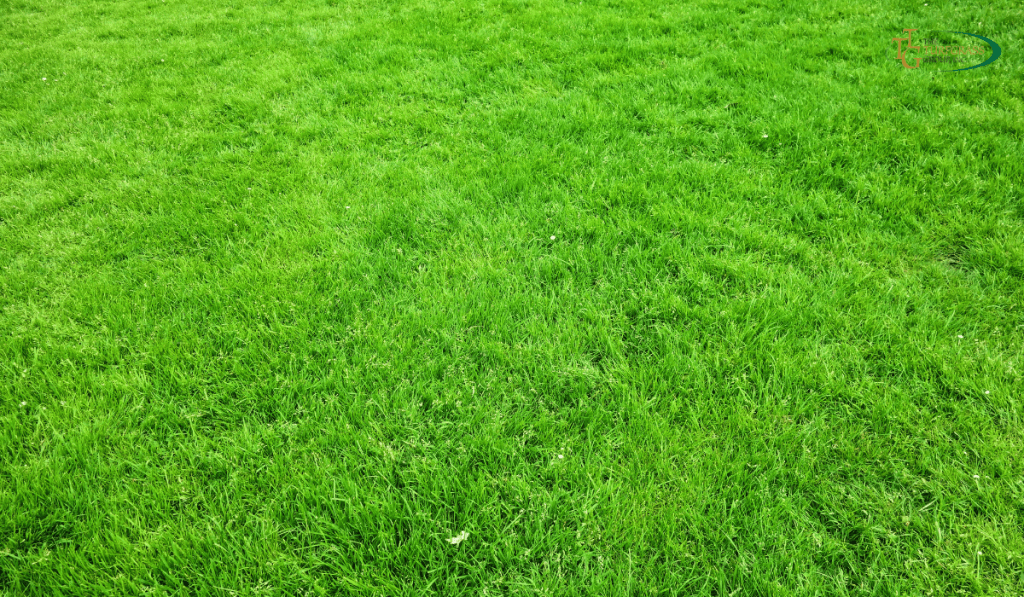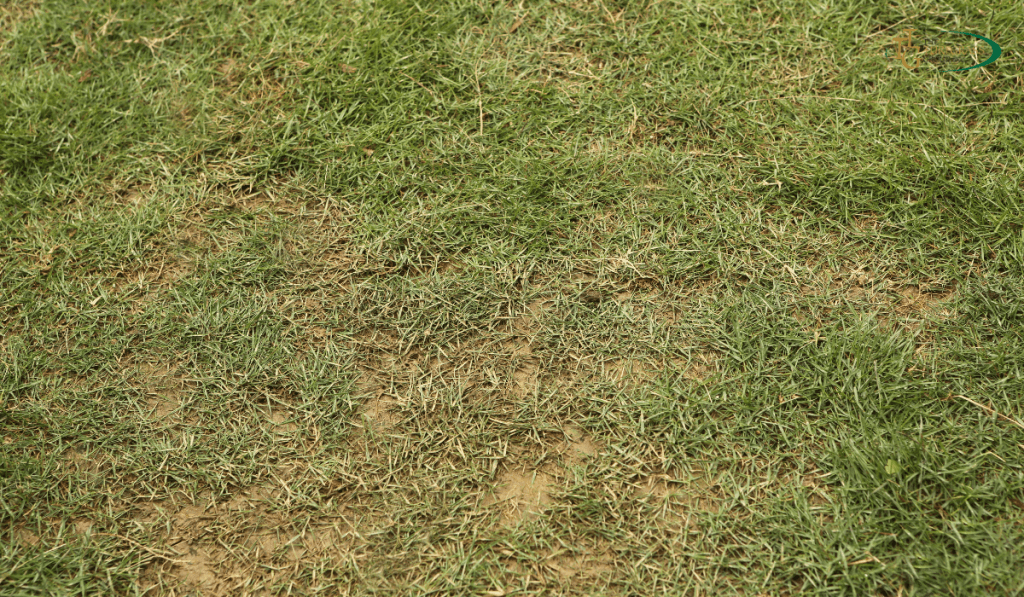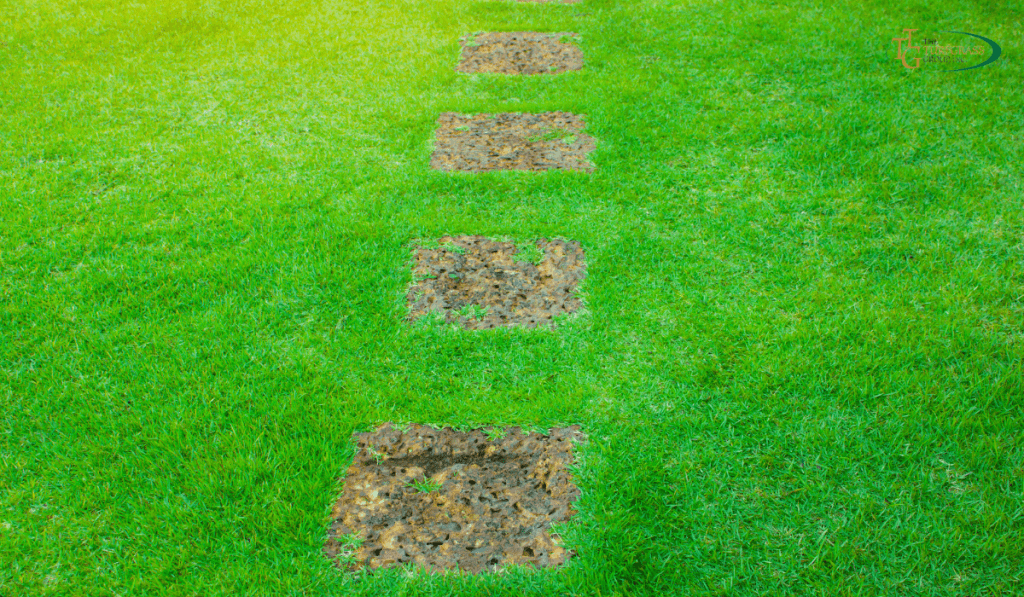
Zoysia grass is popular among homeowners looking to achieve a lush and vibrant lawn. However, to help your Zoysia grass thrive, choosing suitable fertilizers is essential. This article will explore the best fertilizers for Zoysia grass, discussing their benefits, application methods, and critical considerations. By the end, you’ll clearly understand how to nourish your Zoysia lawn and maintain its health and beauty.
Importance of the Right Fertilizer to Maintain a Healthy Lawn
A well-fertilized lawn plays a significant role in your Zoysia grass’s overall health and appearance. Fertilizers provide essential nutrients that support growth, root development, and resistance to pests and diseases. Choosing the right fertilizer ensures that your Zoysia grass receives the necessary nutrients to flourish.
Best Fertilizers for Zoysia Grass
- Organic Fertilizers for Zoysia Grass: Organic options offer several benefits, including long-term soil improvement, environmental friendliness, and the gradual release of nutrients. Look for organic fertilizers with a balanced NPK ratio (nitrogen, phosphorus, and potassium) suitable for Zoysia grass.
- Synthetic Fertilizers for Zoysia Grass: Synthetic fertilizers provide quick-release nutrients that promote rapid growth and greening. Opt for a high-quality synthetic fertilizer specifically formulated for Zoysia grass, with a balanced nutrient ratio and micronutrient content.
- Slow-Release Fertilizers: Slow-release fertilizers are a practical option for Zoysia grass. They release nutrients gradually over an extended period, providing sustained nourishment and reducing the risk of nutrient leaching. Look for slow-release fertilizers with controlled-release technology.
Factors to Consider When Choosing Fertilizer for Zoysia Grass

When selecting a fertilizer for your Zoysia grass, consider the following factors:
- Nutrient Ratio: Choose a fertilizer with a balanced NPK ratio suitable for Zoysia grass. For example, a 16-4-8 or 10-10-10 ratio can work well.
- Micronutrients: Look for fertilizers that contain essential micronutrients like iron, manganese, and zinc, which are vital for Zoysia grass health.
- Seasonal Needs: Consider seasonal variations in nutrient requirements. Different fertilizers may suit spring, summer, fall, or winter applications.
- Soil Analysis: Conduct a soil test to determine your lawn’s nutrient needs. This will help you select a fertilizer that addresses any deficiencies or imbalances.
- Weed and Pest Control: Some fertilizers offer integrated weed and pest control properties, reducing the need for separate treatments.
Tips for Fertilizing Zoysia Grass
To achieve the best results when fertilizing your Zoysia grass, follow these tips:
- Timing: For optimal results, it is recommended to apply fertilizer to Zoysia grass during the late spring or early summer, coinciding with the grass’s active growth phase.
- Application Techniques: Follow the instructions provided by the fertilizer manufacturer for proper application rates and techniques. Apply evenly across the lawn, using a spreader for larger areas.
- Watering Practices: After applying fertilizer, water the lawn thoroughly to help nutrients penetrate the soil and reach the grassroots. Follow watering guidelines specific to your region and climate.
- Avoid Common Mistakes: Avoid over-fertilizing, as this can lead to burning the grass. Also, refrain from applying fertilizer too late in the growing season, as it may encourage late-season growth that can be susceptible to winter damage.
Fertilize Zoysia Grass the Right Way!
Proper fertilization is just one aspect of maintaining a healthy Zoysia lawn. Consider these additional tips for a thriving property:
Proper Mowing Techniques: Set your mower blades to the recommended height for Zoysia grass and mow regularly to maintain an ideal length. To maintain the health & appearance of your lawn, it’s advisable to refrain from trimming more than one-third of the grass blade length in a single mowing session.
- Aeration and Overseeding: Periodically aerate your Zoysia lawn to improve soil compaction and allow nutrients to reach the grassroots. Overseeding can help fill bare patches and promote a dense, lush lawn.
- Pest and Weed Control: Implement a comprehensive pest and weed control plan to protect your Zoysia grass from common threats. Consult with local experts or use appropriate herbicides and insecticides labeled safe for Zoysia grass.
By incorporating these practices into your lawn care routine, you can ensure your Zoysia grass’s long-term health and beauty.
FAQs
What is the best fertilizer for Zoysia grass?
The best fertilizer for Zoysia grass is one with a balanced nutrient ratio suitable for the specific needs of the grass, such as a 16-4-8 or 10-10-10 ratio. It’s also beneficial to choose a fertilizer that includes essential micronutrients.
When should you fertilize Zoysia?
Fertilize Zoysia grass in late spring or early summer when the grass is actively growing. Avoid fertilizing during extreme heat or drought conditions.
How do I make my Zoysia grass greener?
To make your Zoysia grass greener, apply a high-quality fertilizer with a balanced nutrient ratio suitable for Zoysia grass. In addition, follow proper watering practices and ensure the grass receives adequate sunlight.
Can you use Scotts Turf Builder on Zoysia?
Yes, Scotts Turf Builder can be used on Zoysia grass. However, ensure that you choose the appropriate Scotts Turf Builder product specifically formulated for Zoysia grass and follow the application rates and timing instructions.
How do you stimulate Zoysia’s growth?
To stimulate Zoysia growth, provide the grass with proper fertilization, watering, and sunlight. Follow recommended mowing techniques and consider aeration and overseeding to promote healthy growth.

How do I make Zoysia grass healthy?
To make Zoysia grass healthy:
- Ensure it receives adequate nutrients through proper fertilization.
- Implement regular watering, mowing, and aeration practices.
- Control pests and weeds, and address any specific issues identified through soil testing.
Does sand help Zoysia spread?
Sand can help Zoysia grass spread by improving soil drainage and reducing compaction. However, it is good to consult with local experts or conduct a soil test to determine if sand is necessary or beneficial for your specific lawn.
Should I bag my Zoysia grass clippings?
Bagging or mulching Zoysia grass clippings is a matter of personal preference. Mulching clippings can provide additional nutrients to the grass while bagging can help maintain a neater appearance.
How often should you water Zoysia?
Zoysia grass has good drought tolerance but still requires regular watering—water deeply and infrequently, providing approximately 1 inch of water per week, including rainfall. Typically, watering your lawn once or twice a week is generally adequate, taking into account variations in weather conditions and soil moisture levels.
Should you aerate Zoysia grass?
Aerating Zoysia grass is beneficial in reducing soil compaction and improve nutrient and water absorption. Aerate when the grass is actively growing, typically in late spring or early summer. Typically, watering your lawn once or twice a week is generally adequate, taking into account variations in weather conditions and soil moisture levels.
Does Zoysia grass need lime?
Zoysia grass prefers a slightly acidic soil pH between 6.0 and 6.5. If your soil pH is below this range, applying lime can help raise it to the desired level. Conduct a soil test to determine the need for lime and follow the recommendations provided.
What helps Zoysia grass spread?
Zoysia grass naturally spreads through above-ground stolons and below-ground rhizomes. Therefore, regular mowing at the appropriate height encourages lateral growth and promotes spreading. Aeration, overseeding, and providing proper nutrients also aid in Zoysia grass spreading and filling in bare spots.
Should I put sand on my Zoysia grass?
Adding sand to Zoysia grass is generally necessary if your soil has poor drainage or excessive compaction. Sand can improve drainage and help prevent waterlogging, but assessing your soil’s needs through a soil test before applying sand is crucial.
How do I make Zoysia dark green?
To achieve a dark green color in Zoysia grass, ensure it receives adequate nutrients, especially nitrogen. Apply a balanced fertilizer with a slightly higher nitrogen content in the recommended ratio for Zoysia grass. Good watering, proper mowing, and sunlight exposure also contribute to a vibrant, dark green appearance.
What does overwatered Zoysia grass look like?
Overwatered Zoysia grass may exhibit signs of stress, including a yellowish or pale green color, mushy texture, and shallow root development. It may also be more susceptible to diseases, pests, and weeds. Adjust your watering schedule to avoid overwatering and promote healthy growth.
How do you fill bare spots in Zoysia?
To fill bare spots in Zoysia grass:
- Gently rake the area to remove any debris or dead grass.
- Overseed the empty spots with Zoysia grass seeds or sprigs, ensuring good seed-to-soil contact.
- Keep the site moist until the new grass establishes and fills the bare spots.
Why is my Zoysia grass still brown?
Zoysia grass can turn brown for several reasons, including cold temperatures, drought stress, nutrient deficiencies, or fungal diseases. Evaluate the specific conditions and address any underlying issues accordingly. Ensure proper fertilization, watering, and maintenance practices to encourage healthy green growth.
Does Zoysia grass need fertilizing?
Yes, Zoysia grass benefits from regular fertilization to maintain its health and appearance. A balanced fertilizer formulated for Zoysia grass helps ensure it receives essential nutrients for growth, color, and overall vitality. Consider the specific needs of your lawn and follow recommended fertilization schedules.
Can you put Miracle-Gro on Zoysia grass?
Miracle-Gro can be used on Zoysia grass, but it’s essential to choose the appropriate Miracle-Gro product for lawns and follow the instructions for application rates and timing. Also, remember to apply it sparingly and avoid over-fertilization, as it can harm the grass.
How high should Zoysia grass be cut?
Zoysia grass should be cut at a recommended height of 1 to 2 inches. However, specific mowing measurements may vary depending on the Zoysia grass variety and the desired appearance. To ensure the health & vitality of your lawn, it is crucial to adhere to the guideline of not cutting more than one-third of the grass blade length during each mowing session. This practice promotes healthy growth, minimizes stress on the grass, and contributes to maintaining a lush and beautiful lawn. This practice helps prevent undue stress on the grass and contributes to the overall well-being of your lawn.
Does Zoysia grass reseed itself?
Zoysia grass spreads through above-ground stolons and below-ground rhizomes but does not typically resee itself through seed production. It primarily spreads vegetatively rather than through seed germination. If you want to establish Zoysia grass in a new area, it is usually done through sod, plugs, or sprigs.
Will Zoysia recover from the brown patch?
Zoysia grass has good recovery potential from brown patches, a common fungal disease. With proper cultural practices, such as avoiding overwatering and applying appropriate fungicides if necessary, Zoysia grass can recover and regain its health and green color over time.
What are the disadvantages of Zoysia grass?
While Zoysia grass is known for its many benefits, it has some potential drawbacks. For example, it tends to turn brown during winter dormancy in colder climates and may take longer to establish compared to other grass types. Additionally, its dense growth can make it more challenging to control weeds.
How do you fix brown patches on Zoysia?
To fix brown patches on Zoysia grass:
- Identify the underlying cause, such as fungal diseases, nutrient deficiencies, or improper watering.
- Adjust your lawn care practices accordingly.
- Apply appropriate fungicides, fertilize as needed, and ensure proper watering and maintenance to promote healthy regrowth.